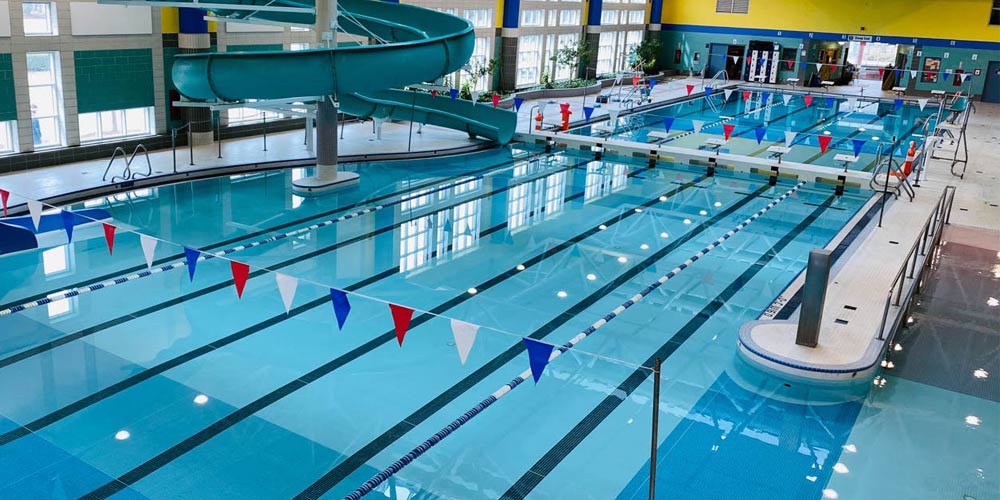The role of chlorine in swimming pool is to ensure a safe environment for swimmers. When added to a swimming pool, chlorine is effective in killing bacteria, viruses and other microorganisms that can cause disease and infection. Some chlorine disinfectants can also be used as pool shocks when the water is turbid (for example: calcium hypochlorite and sodium dichloroisocyanurate).
Disinfection principle:
Chlorine disinfectants kill bacteria in swimming pools through a chemical reaction. Chlorine breaks down into hypochlorous acid (HOCl) and hypochlorite ions (OCl-), which destroy bacteria by attacking cell walls and internal structures. The difference between HOCl and OCl- is the charge they carry. Hypochlorite ion carries single negative charge and will be repelled by the cell membrane which is also negatively charged, so the disinfection of chlorine relies largely on hypochlorous acid. At the same time, chlorine is also a strong oxidant. It can break down organic matter, remove pollutants, and keep the water clear. It also plays a role in killing algae to a certain extent.
Types of disinfectants:
Chlorine for swimming pools comes in many forms and concentrations, each optimized for the size and type of pool. Pools are disinfected using a variety of chlorine compounds, including the following:
Liquid chlorine: Also known as sodium hypochlorite, bleach. A traditional disinfectant, unstabilized chlorine. Short shelf life.
Chlorine tablets: Usually trichloroisocyanuric acid (TCCA90, superchlorine). Slowly dissolving tablets that provide continuous protection.
Chlorine granules: Usually sodium dichloroisocyanurate (SDIC, NaDCC), calcium hypochlorite (CHC). A method of quickly increasing chlorine levels as needed, also commonly used in pool shock.
Salt chlorinators: These systems produce chlorine gas via electrolysis of salt. The chlorine gas dissolves in water, producing hypochlorous acid and hypochlorite.
Influencing factors:
The disinfecting effectiveness of chlorine disinfectants decreases as pH increases. The pH range is generally 7.2-7.8, and the ideal range is 7.4-7.6.
Chlorine in the pool also decomposes faster with ultraviolet light, so if you are using unstabilized chlorine, you must add cyanuric acid to slow down the decomposition of free chlorine.
Generally, the chlorine content in the swimming pool needs to be maintained at: 1-4ppm. Check the chlorine content twice a day at least to ensure disinfection effect.
When performing the shock, you need to add enough effective chlorine (usually 5-10 mg/L, 12-15 mg/L for spa pools). Completely oxidize all organic matter and ammonia and nitrogen-containing compounds. Then let the pump circulate continuously for 24 hours, and then thoroughly clean it. After the chlorine shock, you must wait for the chlorine concentration in the pool water to drop to the allowable range before you can continue to use the pool. Generally, you have to wait for more than 8 hours, and sometimes you may have to wait for 1-2 days (the chlorine concentration in the fiberglass swimming pool can even be maintained for 4-5 days). or use a chlorine reducer to eliminate excess chlorine.
Chlorine plays a vital role in keeping your swimming pool clean, sanitary and safe. For more information about chlorine and swimming pools, you can follow me. As a professional swimming pool disinfectant manufacturer, we will bring you the best quality swimming pool chemicals.
Post time: Sep-02-2024

